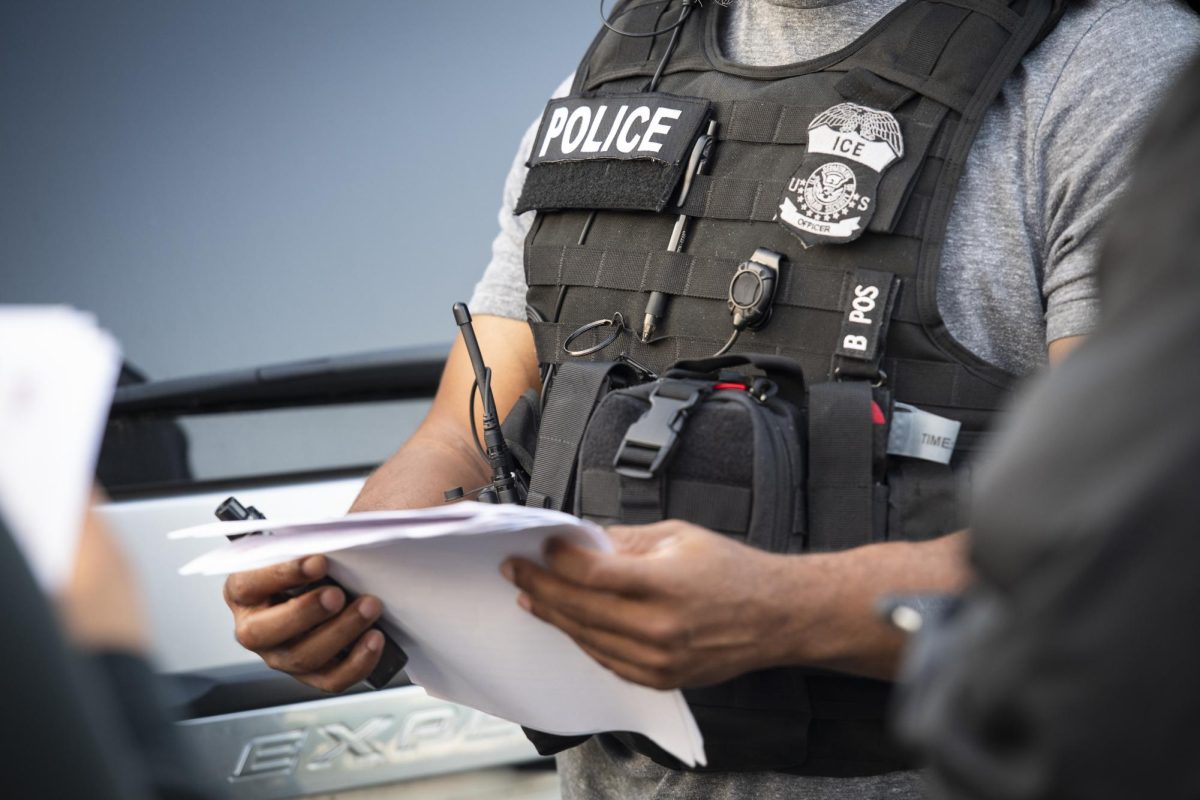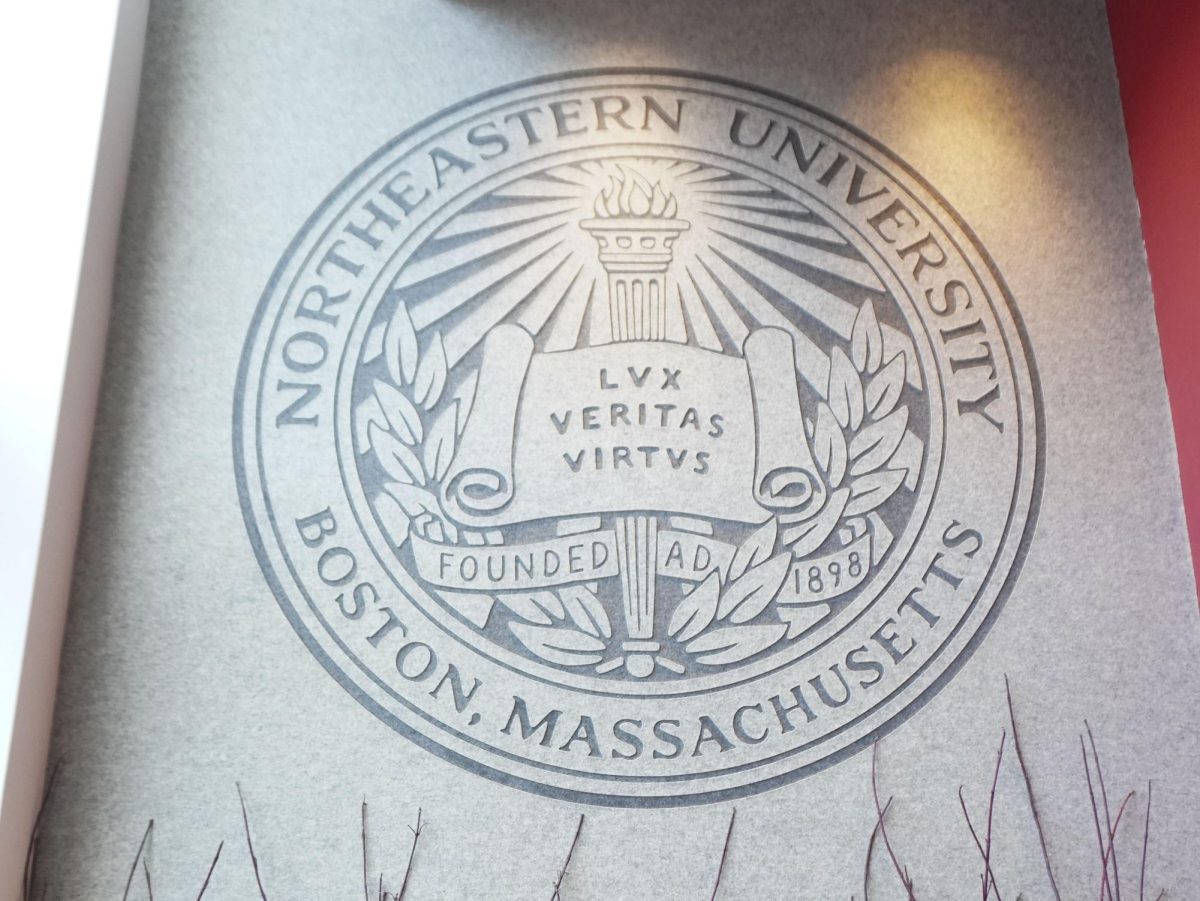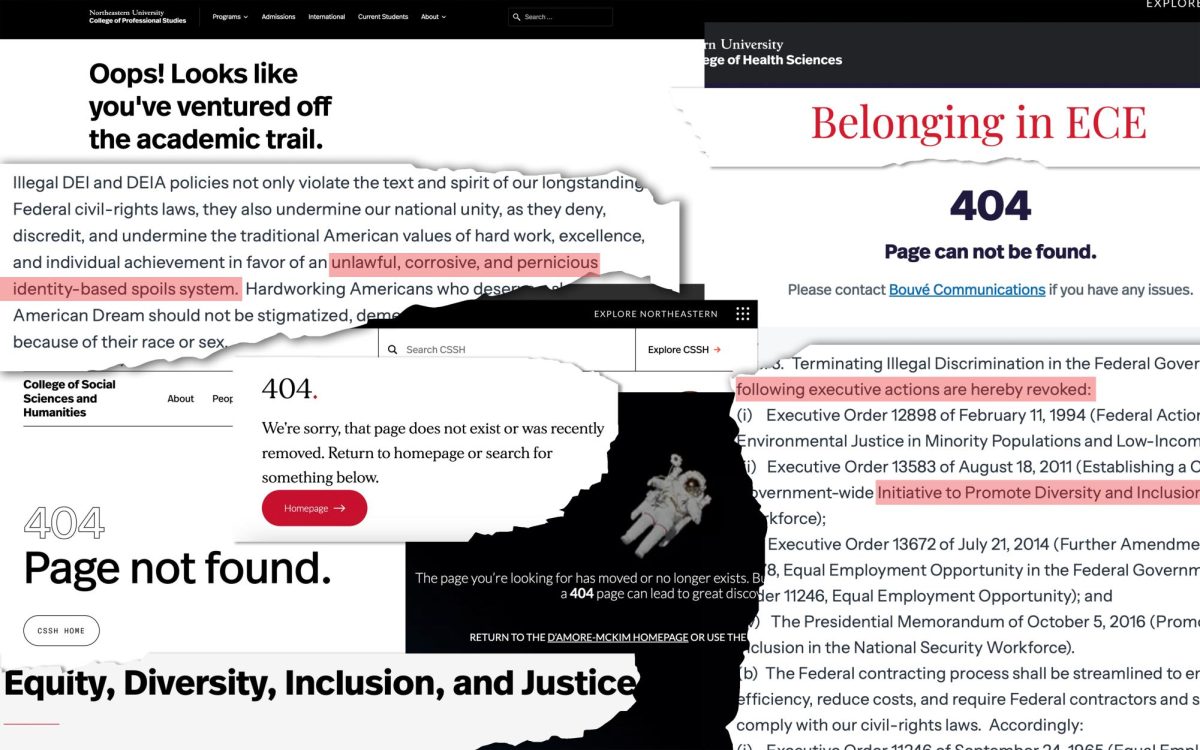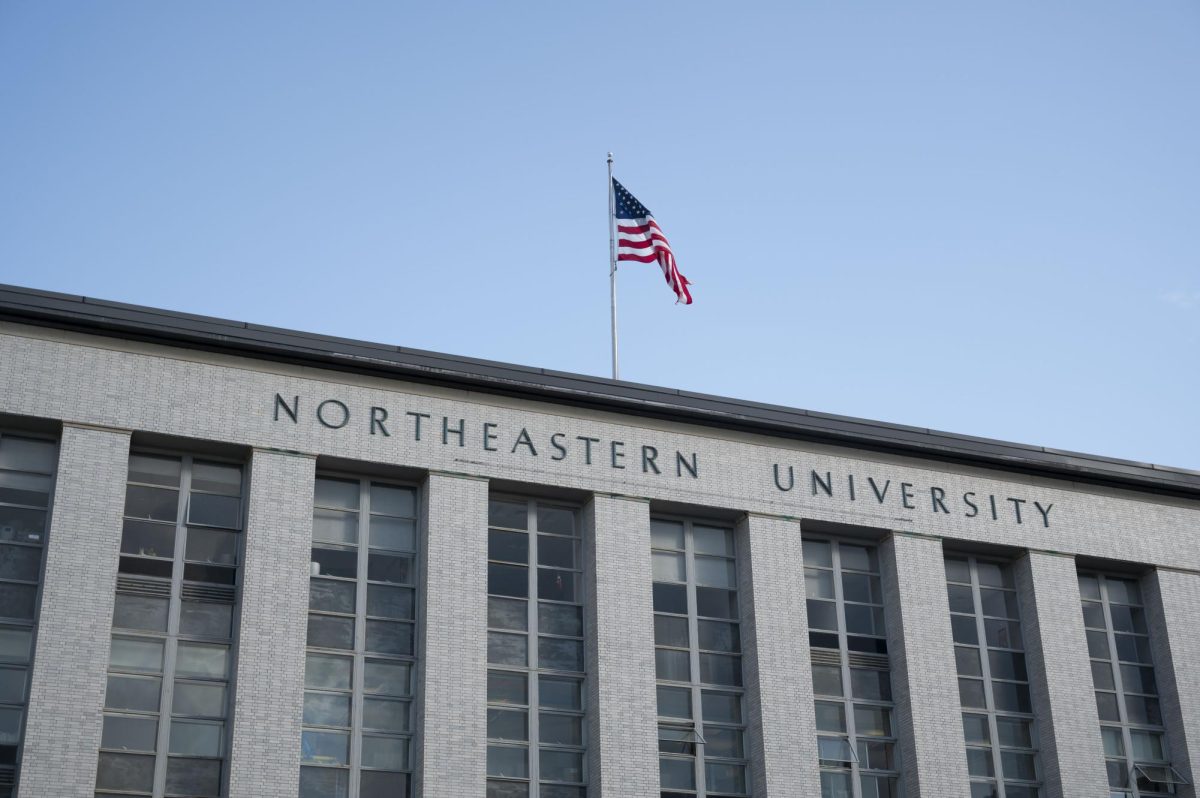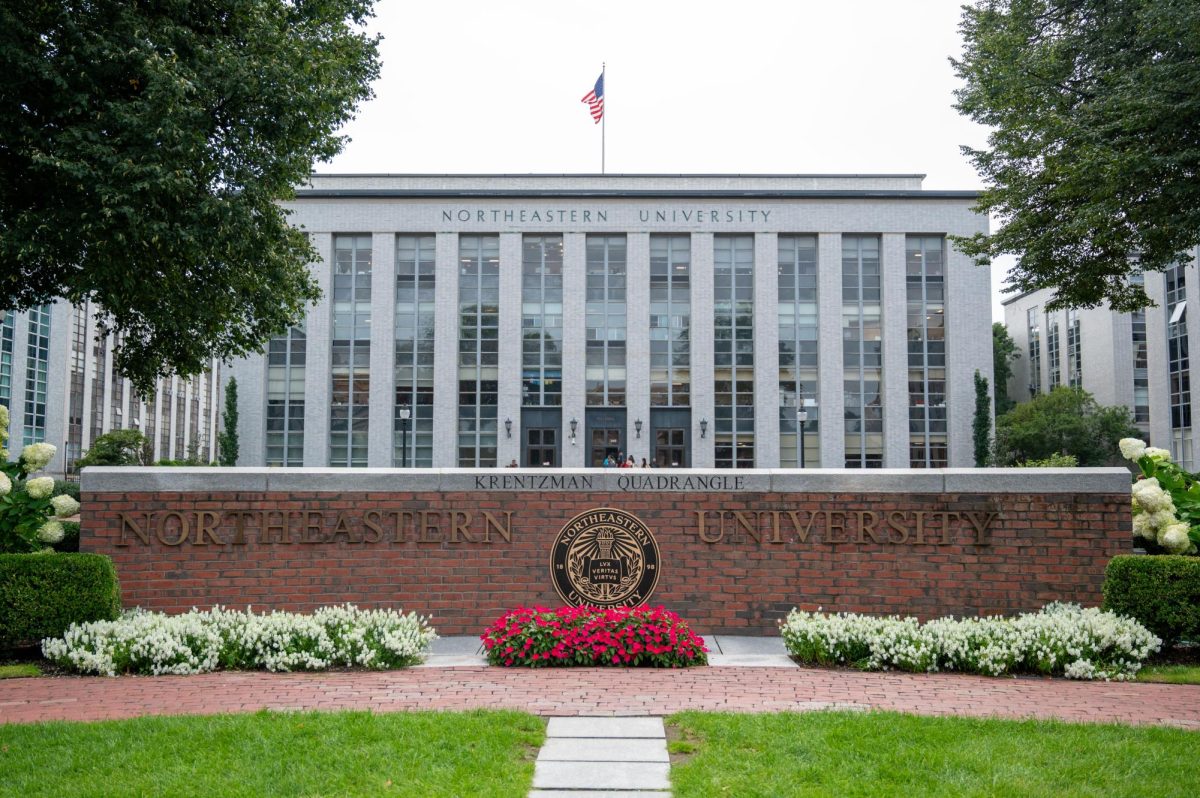By Sean Leviashvili
As Red Sox fans celebrated their team at the Red Sox parade Tuesday, the State House hosted “Lobby Day for Women’s Health and Safety.”
“Lobby Day for Women’s Health and Safety” consisted of legislators and concerened citizens meeting to discuss laws and policies affecting women’s sexual health rights. Among those discussed was the possible need for a stronger buffer zone law, a Massachusetts law requiring an 18 foot buffer zone outside of reproductive health facilities, according to the Planned Parenthood website.
No protestors attended the conference.
The conference, held at the State House’s Great Hall, highlighted the significance of a new bill, that would change the current buffer zone from 18 feet to 35.
Supported by organizations like Planned Parenthood League of Massachusetts and NARAL Pro-choice Massachusetts, the conference discussed the anticipation of the ‘buffer zone’ bill gaining legislation from the House, as well as concern for two other bills. One bill requires stricter safety enforcement and the other requires straight-forward and honest sex education for grades K-12, phrased as “Care for Youth.”
Many said they feel establishing a larger buffer zone between protestors and clinics would violate the first amendment, and is the reason the law has been debated for the past seven years. The buffer zone bill is requesting “clear and enforceable buffers that will protect the dignity, privacy, and safety of patients and staff at reproductive health facilities,” said Angus McQuilken, vice president for public affairs at Planned Parenthood League of Massachusetts.
According to the Planned Parenthood website, the current law has been nearly impossible to enforce due to its complexity and vagueness in language. This vagueness has led to violence in the past. Thirteen years ago, for instance, a shooting occurred at a Planned Parenthood clinic in Brookline, killing two clinic workers, including 25-year-old Shannon Lowney, whose brother, Liam, spoke at the conference. Although the murderer was convicted, Liam Lowney said “No punishment can make reparation for Shannon’s murder,” as stated at a court hearing in 1996.
Reputable violence, however, only seems to fuel motivation for some protestors. Kelly O’Bryan, political director of NARAL Pro-Choice Massachusetts, spoke of one such incident. While escorting a woman covered in bruises to a clinic, O’Bryan and the woman were yelled at by protestors who then pushed both of them toward a wall. The woman who was being escorted became emotional, but protestors continued badgering her. O’Bryan said the woman broke down and told the protestors she was raped – only to be greeted by more anger and torment.
Behavior like this is reason enough to call for stricter laws regarding buffer zones, O’Bryan and McQuilken said. The idea of consent, as stated by Planned Parenthood representatives, is a subjective concept.
Despite the current 18 foot buffer zone, protestors are allowed allowed to remain within six feet of a reproductive health facility as long as they stay at least six feet away from entering patients and staff, and can be close if they have the individual’s consent, according to the Buffer Zone Law. Some protestors may consider eye contact to be consent.
Many, however, remain hopeful of the future of the new law.
“These initiatives have widespread support,” McQuilken said. “[They’re] common sense bills that a lot of people care about.”
Even with a large amount of public support, progress is needed in order to yield results.
“At this point, we have to wait for the House to take it [up], it has to get to the House and hopefully the government will sign it-but we still have a long way to go,” said Lisa Dacey, media relations coordinator for Planned Parenthood League of Massachusetts said.



